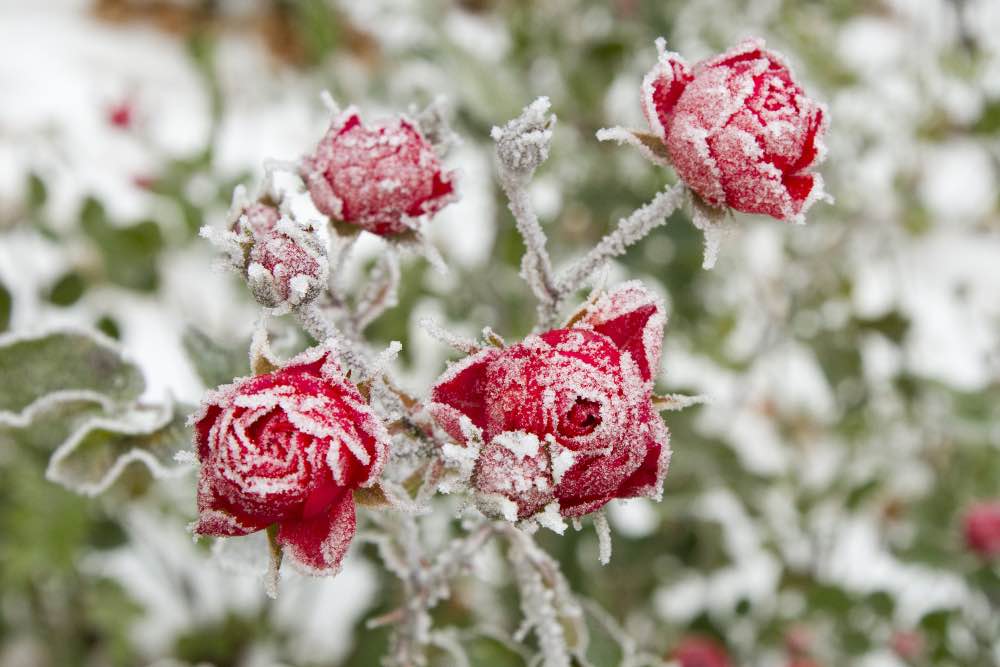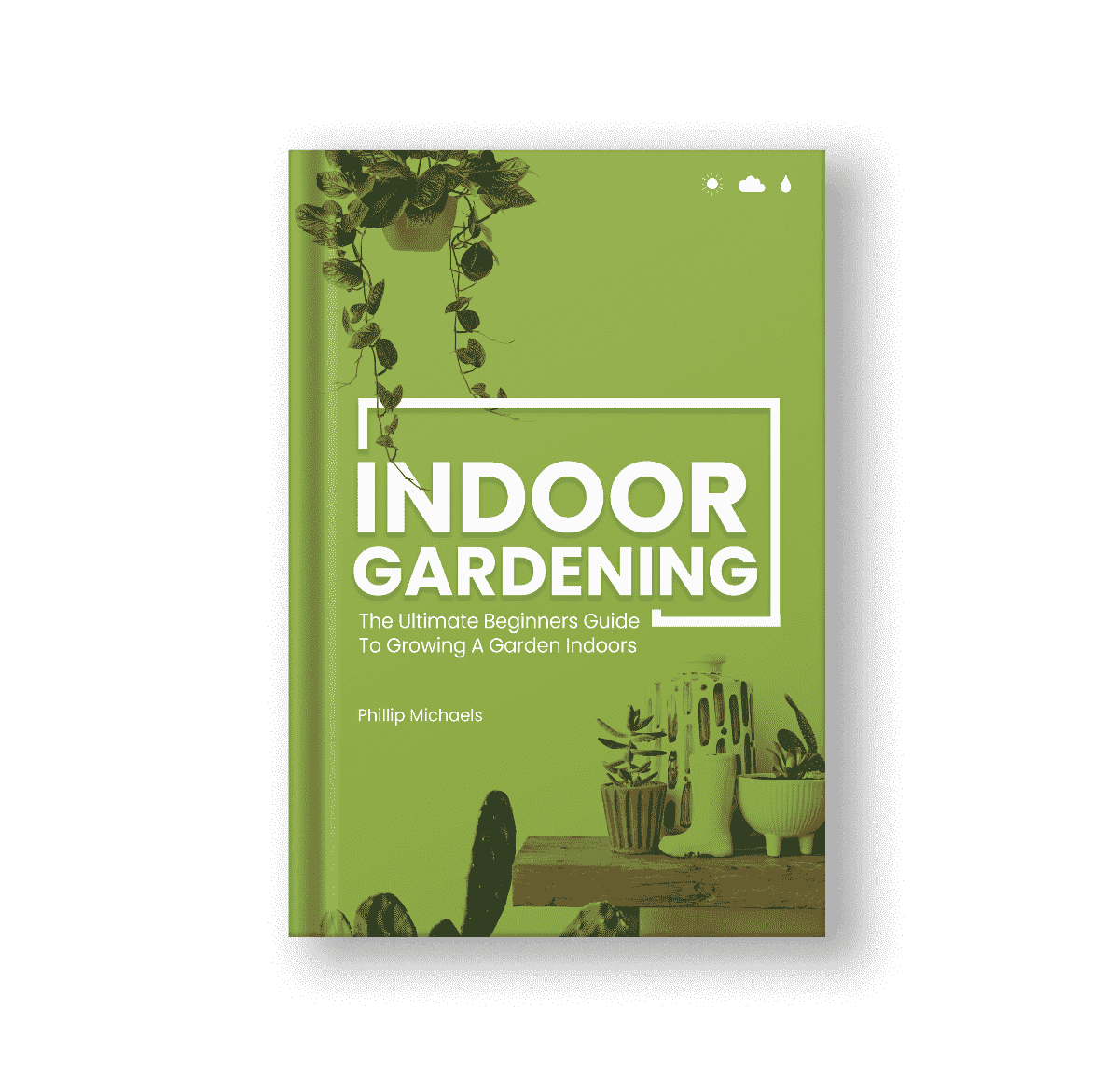Frost can be sneaky. One chilly night and your once‐vibrant plants can be left looking sad, wilted, or even beyond repair. But don’t worry, whether you’re caring for outdoor containers, tropical houseplants, or garden beds, a little preparation goes a long way.
In this guide, we’ll walk you through how to protect your plants from frost, what materials to use, when to act, and how to recover if things do go wrong.
Why Frost Matters
Frost forms when the surface temperature drops to or below the freezing point (32 °F / 0 °C). That thin coating of ice you see is more than a pretty sight, it means the water inside plant cells is freezing. When that happens, the water expands and can rupture the cell walls. The result? Damaged leaves, blackened stems, or plants that simply give up. (Wikipedia)
Here’s why it matters to you:
- Tender annuals, tropical plants, and container plants are especially vulnerable. (Iowa State University Extension)
- Even hardy plants can suffer if they’ve been coaxed into growth by warm weather and then hit by a sudden cold snap. Where I live, it’s not unusual to have warm days in the 70s, only to have snow the following week. That’s bad news for plants.
- Frost can strike unexpectedly; clear skies, calm nights, and even a few degrees below the normal low can do damage. (Tom’s Guide)
The good news? With some simple precautions, you can safeguard your plants and sleep a little easier when the temperature drops.
Know Your Frost Risk
Before taking action, it helps to understand a few basics about frost and your specific plants.
1. Hardiness & Plant Type
Some plants are hardy and built to survive cold nights. Others are more delicate. For example, many tropicals, annuals, or container plants are not frost‐resistant. (Gardening Know How) The variety of plant also matters; certain lettuces, for example, do much better in cold conditions than others. Always make sure to understand the biology of the plants you’re growing.
2. Location, Location, Location
Where your plants live matters:
- Container plants can be exposed on all sides and cool more quickly.
- Outdoor garden beds might benefit from ground warmth, but if they sit in a low spot where cold air settles (“frost pocket”), they’re more at risk.
- For indoor plants near windows, drafts or uninsulated glass can give them a chill even if your home is warmer.
- Plants grown near structures, like your home, can get some residual heat. This can help stave off frost.
3. Time of Year
Late‐fall and early‐spring are common times for frost damage. Plants may have been growing actively, and a surprise freeze can catch you off guard. (Iowa State Extension)
4. What Counts as “Frost Risk”?
As a rule of thumb: if the forecast says temps will be in the 30s °F (0-4 °C) overnight, you should consider protective action. Once temps drop below ~28 °F (-2 °C) for hours, many covers alone may not suffice. (BioAdvanced)
How to Protect Your Plants: Step-by-Step
Here are the most effective strategies for protecting plants from frost, in roughly descending order of priority.
Step 1: Move Vulnerable Plants Indoors or to Shelter
If you have potted plants, tropicals, or extra‐special plants:
- Move them into a garage, shed, porch, or other sheltered spot when frost is likely. (Iowa State Extension)
- Indoors is best, as long as temperature, light, and humidity are still acceptable for the plant.
- For plants that can’t be moved (in‐ground, large containers), you’ll rely on covers and insulation.
Step 2: Cover Plants for Overnight Protection
For plants left outside:
- Use lightweight blankets, old sheets, frost cloth (horticultural fleece), or burlap to cover plants. The goal is to trap the ground’s outgoing heat and create a warmer micro‐environment.
- Make sure the covering touches the ground around the plant (so heat from the soil stays in) but does not rest directly on the foliage.
- Remove the cover in the morning as soon as temperatures rise. This avoids overheating or moisture buildup. (BioAdvanced)
Step 3: Insulate the Base or Containers
- For in‐ground plants: add mulch around the base (2-4 inches of straw, shredded bark, leaves) to keep the root area warmer.
- For container plants: wrap the pot with bubble wrap, burlap, foam, or move the pot onto insulated surfaces. Cold pots can chill the root zone and cause damage. (The Sun)
Step 4: Water the Soil Ahead of the Freeze
- Moist soil holds heat better than dry soil. Giving plants a thorough watering a few hours before the freeze can raise the soil’s thermal mass and help protect the roots. (Better Homes & Gardens)
- Note: you still want good drainage—soggy roots and cold air together are a bad combo.
- You also want to avoid overwatering, especially for container grown plants. While this can work in the short term, watering every day will lead to its own problems in short order.
Step 5: Provide Additional Measures for Severe Cold
When the forecast is especially bleak:
- Use cold frames or hoop tunnels (for garden beds) to trap more heat.
- For small or very tender plants, you can use a grow light, a heat lamp, or even incandescent light near the plant to raise the nearby temperature slightly.
- Use frost‐appropriate products like horticultural fleece or row cover material. (Wikipedia)
Frequently Asked Questions
Q: What about indoor plants? Do they need the same protection?
Yes and no. Most indoor plants won’t get frost per se, but they can be damaged if they’re near uninsulated windows, drafty doors, or a very cold room. Move them away from cold surfaces, maintain a stable temperature, and keep humidity acceptable.
Q: How long should I leave a protective cover on?
Cover in the late afternoon/evening before temps drop, and remove in the morning once the danger has passed. Leaving covers on too long can cause overheating or pest/rot problems.
Q: Can I use plastic sheeting or tarps?
You can, but with caution. Transparent plastic can trap too much heat during the day and melt or scorch plants. Also, if not ventilated, condensation builds and can promote rot or fungal issues. Fabric frost covers (which breathe) are often better.
Q: When is it too late to protect a plant?
If temperatures are expected to go below ~28 °F (-2 °C) for multiple hours, and you’ve got minimal protection or the plant is extremely tender, the risk is high. At that point, you may need proper heating or bring the plant indoors—not just covers.
Q: After frost hits—what do I do?
- Assess damage in daylight: leaves may look brown, black, wilted, or melt away.
- Remove dead/damaged foliage (after danger has passed) to prevent disease.
- Hold off on fertilizing or heavy pruning until the plant shows signs of recovery.
- Make note of the conditions, adjust protection for next time.
Bringing Indoor & Outdoor Care Together
If you’re managing plants both indoors and outdoors (or moving some plants indoors in winter), it helps to see the big picture:
- Outdoor containers: These get cold from all sides. Consider wrapping or moving as needed.
- Indoor plants near windows: Use similar logic to outdoor protection: keep them away from drafty windows or cold walls, maintain humidity, and monitor temperature swings. See tips on The Indoor Gardens for indoor plant placement in colder months.
- Transitioning plants seasonally: If you bring a plant indoors after being outside, allow an acclimation period. Sudden changes in temperature or light can stress the plant.
Frost Protection Checklist
Here’s a quick checklist you can print or save:
- Check the evening/night forecast for temps in the 30s °F or below.
- Identify vulnerable plants: containers, tropicals, and recently planted annuals.
- For containers: move indoors or wrap pot + move to sheltered area.
- For in‐ground: add mulch, check for low spots/frost pockets.
- Cover needed plants before sunset if frost likely.
- Water plants (unless soil is saturated) in late afternoon to increase thermal mass.
- Consider extra heat or cold‐frame options for extreme conditions.
- In the morning: remove covers, open up, check plants for early signs of frost damage.
- After event: inspect damage, avoid heavy fertilizing/pruning until recovery begins.
- Make note of what worked and refine for next time.
Final Thoughts
Frost might be inevitable some years, but plant damage doesn’t have to be. With a little vigilance, some simple tools, and a dash of creativity, you can keep your plants safe and thriving even when the mercury dips.
Whether you’re wrapping pots, tucking in containers, or bringing houseplants indoors just before that chill sets, your efforts will pay off in healthier plants and fewer heartbreaks.
If you’d like help with selecting specific frost‐tender plants, or maybe a seasonal protection plan for your area, I’d be more than happy to help tailor one for your garden. Just let me know!







